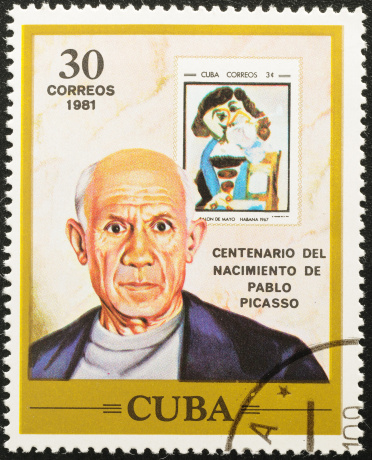Is Your Business Sellable?
One of the goals of every business owner should be to build a company that is worth selling. Whether it is actually put on the market or not is another matter.
A business that is worth selling is growing, vibrant, and healthy. That’s why it’s in the best interest of everyone involved in the company to continually work toward building a sellable business.
Many metrics are used to measure the worth of a sellable business. One of the key metrics is the ability of the business to generate recurring revenue.
There are several ways to achieve a consistent, recurring revenue stream. Not all will work for every type of business, product, or service. Here are a few ideas to consider, depending on the types of services and products you provide.
Long-Term Sales Contracts
One method of building recurring revenue is to offer contracts that tie a client to a long-term engagement. A customer could be enticed to sign a contract if they are offered preferred pricing and services. An example of this can be seen with most cell phone contracts. The multi-year contracts are offered as a way to get a free or discounted cell phone in exchange for signing a two or three year contract. The buyer gets the cell phone quicker, and the cell phone provider locks in a guaranteed, predictable revenue stream.
Service and Maintenance Contracts
Some businesses can offer service contracts for after-sale support. For example, an IT company will charge for installing and setting up a network in a business but could also charge a yearly support fee to keep the network up and running free of viruses. Maintenance contracts can be a great source of additional revenue throughout the year. In many automotive dealerships, the service bays bring in much higher profits than the car sales departments.
Product and Service Training Fees
If your product or service involves a learning curve, customers would get more value from their purchase if you also offer training and certification after the sale. Product training becomes a true win-win, as the customer gets better use of their purchase, while you get additional revenue from an existing client. Many software companies offer training for their products to help their buyers understand and use the software to its potential.
When your business can generate sales from multiple revenue streams that support each other, the risk to a potential buyer is reduced dramatically. The business becomes a much more attractive candidate.
Predictable, recurring, multiple income streams make a business seem less risky to a potential buyer. So the sooner you start building recurring revenue streams in your business, the better your position will be if and when the time comes to sell.










